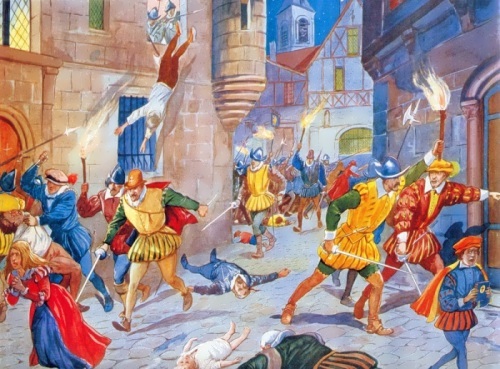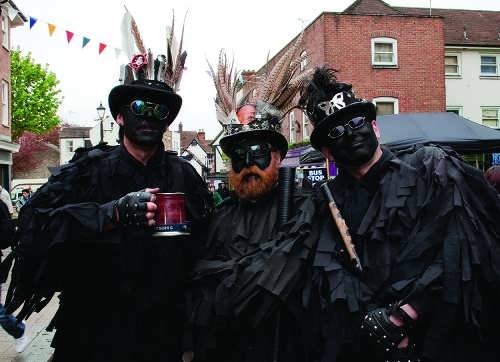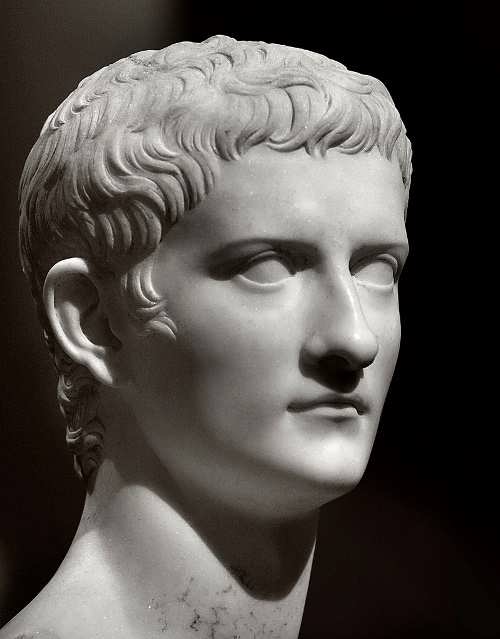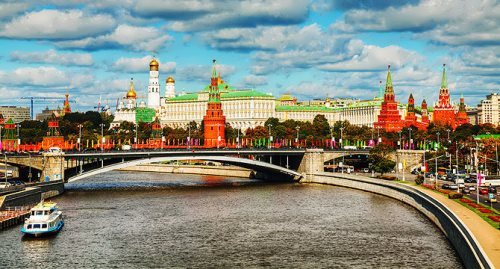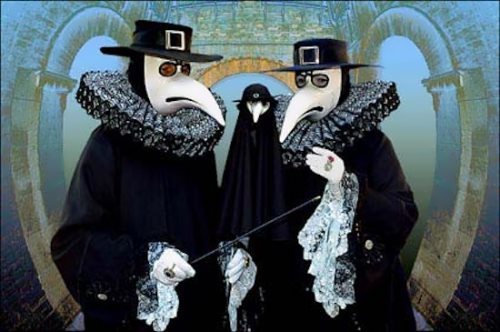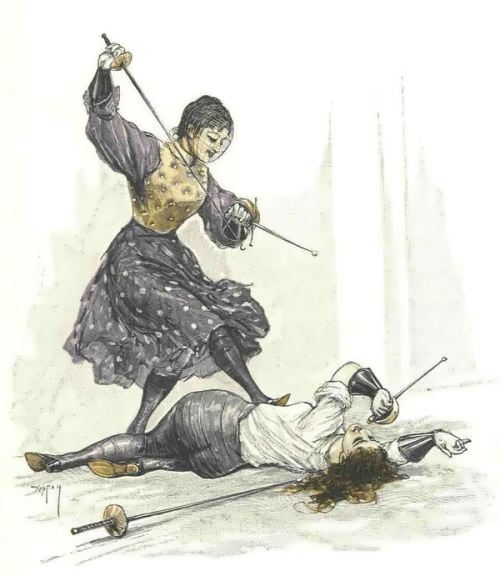St. Bartholomew’s Day massacre
About 450 years ago, on August 24, 1572 the capital of France literally drowned in rivers of blood that appeared on its streets on the eve of St. Bartholomew’s Day. A wave of violence swept through Paris, and later in other towns and villages. The carnage lasted for several weeks. St. Bartholomew’s night became a radical change in the religious wars in France and left an indelible mark in the minds of Protestants.
In the XVI century, Europe was torn by religious strife. Catholics fought against Protestants, although, both of them were Christians. But the Protestants did not recognize the saints, the angels, the cult of the Virgin. They did not worship icons and relics. Protestants did not have monks, and they did not give the clergy celibate. But the most important was the fact that Protestants refused to recognize the authority of the Pope. They preferred receiving divine grace directly from God, without the mediation of the Catholic clergy.
Many active participants of the religious wars of that time weren’t very religious. Most of them fought because of their friends, countrymen, their lords.
More »
